The tradition of using livestock as bride wealth in African tribal marriages is a practice as ancient as the continent itself. Across the vast and culturally diverse landscapes of Africa, cattle, goats, and other animals have long served as more than mere economic assets—they are symbols of social bonds, familial ties, and communal respect. This custom, deeply rooted in tradition, continues to shape marital negotiations in many rural communities, though its interpretation and application vary widely between ethnic groups.
In pastoralist societies like the Maasai of Kenya and Tanzania or the Dinka of South Sudan, cattle are the ultimate measure of wealth and status. When a man seeks to marry, his family must present a negotiated number of cows to the bride’s family. This exchange, often misunderstood as a simple transaction, is in fact a complex social contract. The livestock given as bride wealth—not to be confused with a dowry—cements alliances between families, compensates for the loss of a daughter’s labor, and ensures the legitimacy of future children. The number of animals demanded can range from a handful to dozens, depending on the bride’s social standing, education, and the prevailing economic conditions.
The bargaining process itself is a delicate dance of diplomacy. Elders from both families engage in prolonged discussions, sometimes lasting days, where the merits of the union are debated alongside the valuation of livestock. A cow’s age, fertility, and even coat color may influence its worth. Among the Nuer people of Ethiopia and South Sudan, for instance, a prized white ox holds ceremonial significance and can dramatically elevate the prestige of the bride’s kin. These negotiations are never purely economic; they involve poetry, proverbs, and the careful preservation of dignity for both parties.
Modernization and globalization have introduced new tensions into this age-old system. Urbanization has made cattle less practical for city-dwelling families, leading some to accept cash equivalents—a shift that purists decry as the commercialization of sacred tradition. In Zimbabwe, where lobola (bride price) customs persist among the Shona people, heated debates erupt when families demand exorbitant sums in USD, effectively pricing out young suitors. Meanwhile, educated African women increasingly question why their worth should be quantified in livestock at all, sparking movements to reinterpret or abandon the practice.
Yet in villages where ancestral ways endure, the exchange remains profoundly symbolic. When a Himba groom in Namibia presents fat-tailed sheep to his bride’s family, he isn’t just settling a debt—he’s honoring a continuum that connects the living to their forebears. The animals change hands in ceremonies filled with ritual libations and blessings, their very movement a physical manifestation of social cohesion. Anthropologists note that these practices often survive precisely because they’re adaptable; the Luo of Kenya now sometimes include fishing boats alongside cattle in marital negotiations, reflecting their lakeside economy.
Climate change adds another layer of complexity. Prolonged droughts across the Sahel and Horn of Africa have decimated herds, making traditional bride wealth unattainable for many. In Turkana communities, where a single marriage might require 50 goats, dwindling pastures have forced families to accept IOUs or substitute animals like camels better suited to arid conditions. This ecological pressure has inadvertently accelerated cultural shifts, with some groups placing new emphasis on alternative forms of wealth.
The gendered implications of livestock marriage payments remain contested. While critics argue the system commodifies women, defenders counter that the reciprocal flow of gifts—from the bride’s family to the couple’s new household—creates mutual obligation. Among the Xhosa of South Africa, the ikazi (bride wealth) is traditionally stored as a form of insurance; if the husband mistreats his wife, her family can reclaim the cattle. Such safeguards, however imperfect, reveal how deeply embedded these customs are in social protection networks.
Tourism and media have exoticized the practice, sometimes reducing it to safari curiosities. Reality shows like “Meet the Maasai” sensationalize polygamous unions funded by cattle wealth, while ignoring the nuanced kinship structures they sustain. This external gaze risks freezing living traditions into stereotypes, overlooking how smartphones now assist in livestock valuation apps used by progressive Samburu elders in Kenya.
As Africa navigates the 21st century, the persistence of bride wealth in its various forms speaks to the enduring power of cultural identity. Whether through the clattering of cowbells in a Kalahari kraal or the digital transfer of cattle futures in Johannesburg, the essence remains: marriage is never just between two people, but a weaving together of communities. The animals at the center of these exchanges carry the weight of history, the pragmatism of survival, and the quiet poetry of human connection across generations.
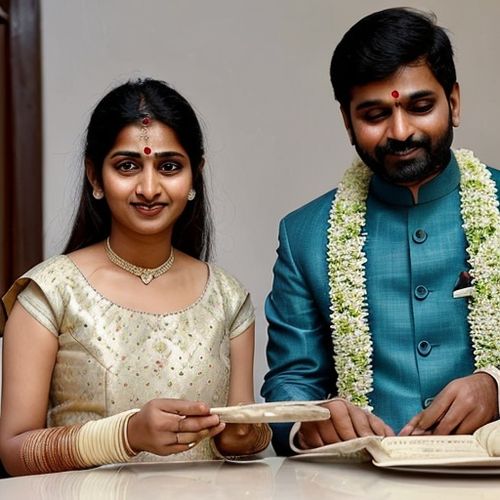
By Lily Simpson/Apr 19, 2025

By Christopher Harris/Apr 19, 2025
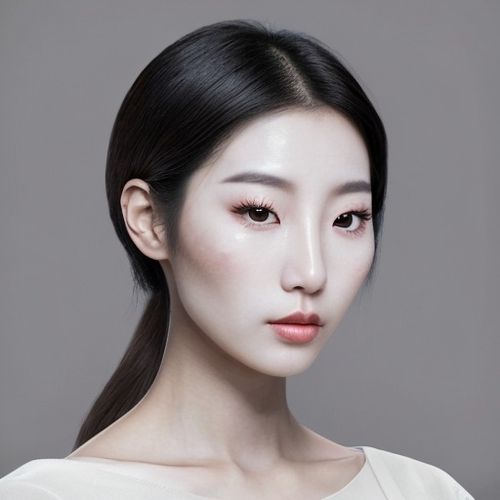
By Olivia Reed/Apr 19, 2025

By Laura Wilson/Apr 19, 2025
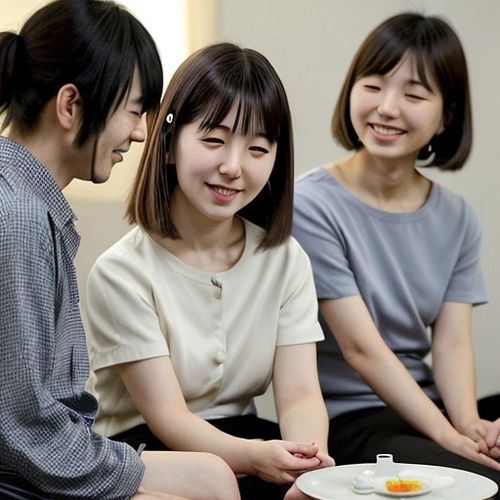
By Emma Thompson/Apr 19, 2025

By Olivia Reed/Apr 19, 2025
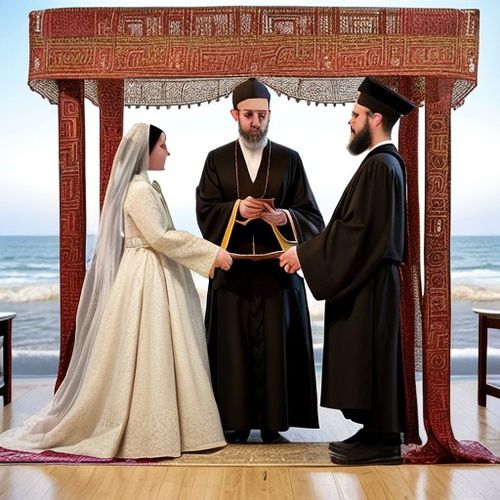
By Noah Bell/Apr 19, 2025
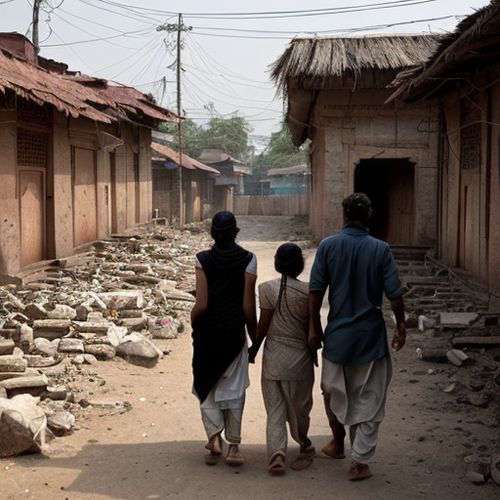
By James Moore/Apr 19, 2025
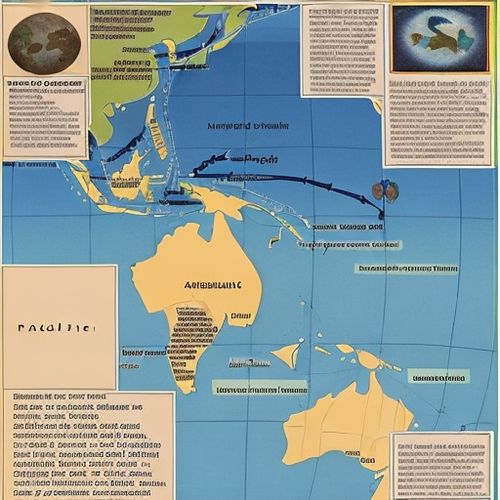
By Elizabeth Taylor/Apr 19, 2025
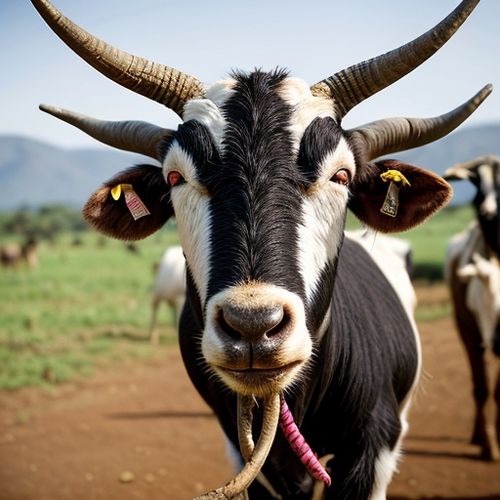
By John Smith/Apr 19, 2025

By Olivia Reed/Apr 19, 2025
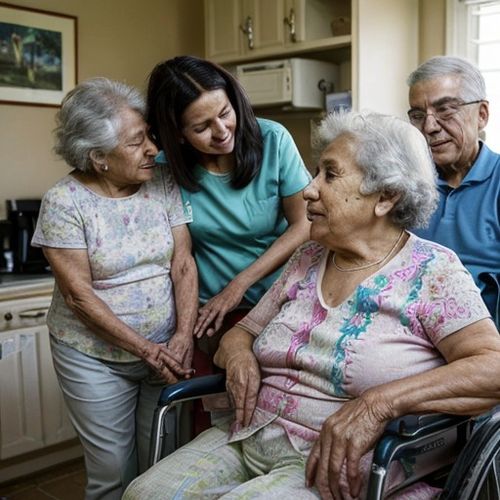
By Lily Simpson/Apr 19, 2025
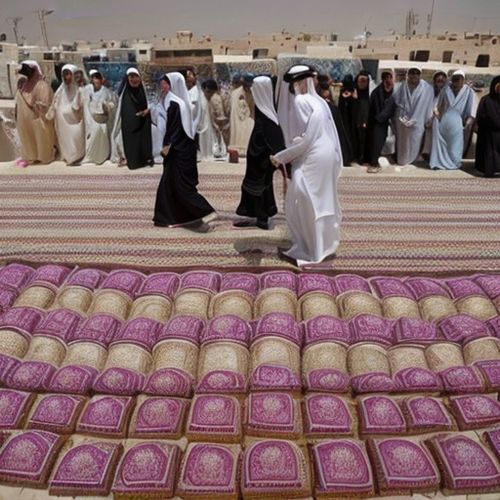
By Joshua Howard/Apr 19, 2025

By William Miller/Apr 19, 2025
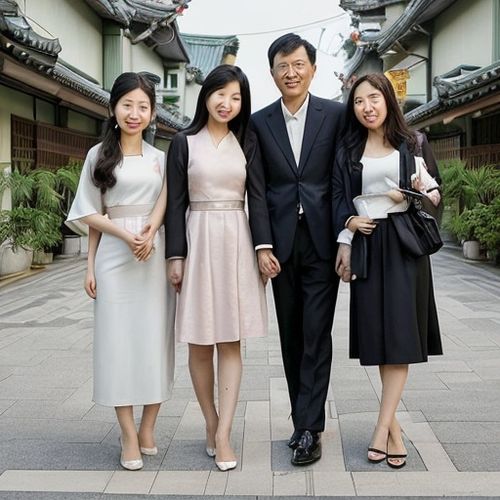
By Eric Ward/Apr 19, 2025

By Lily Simpson/Apr 19, 2025

By James Moore/Dec 23, 2024
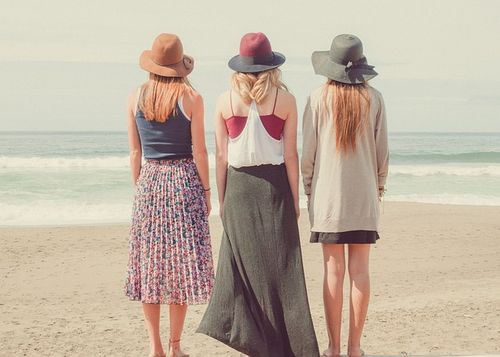
By David Anderson/Dec 23, 2024